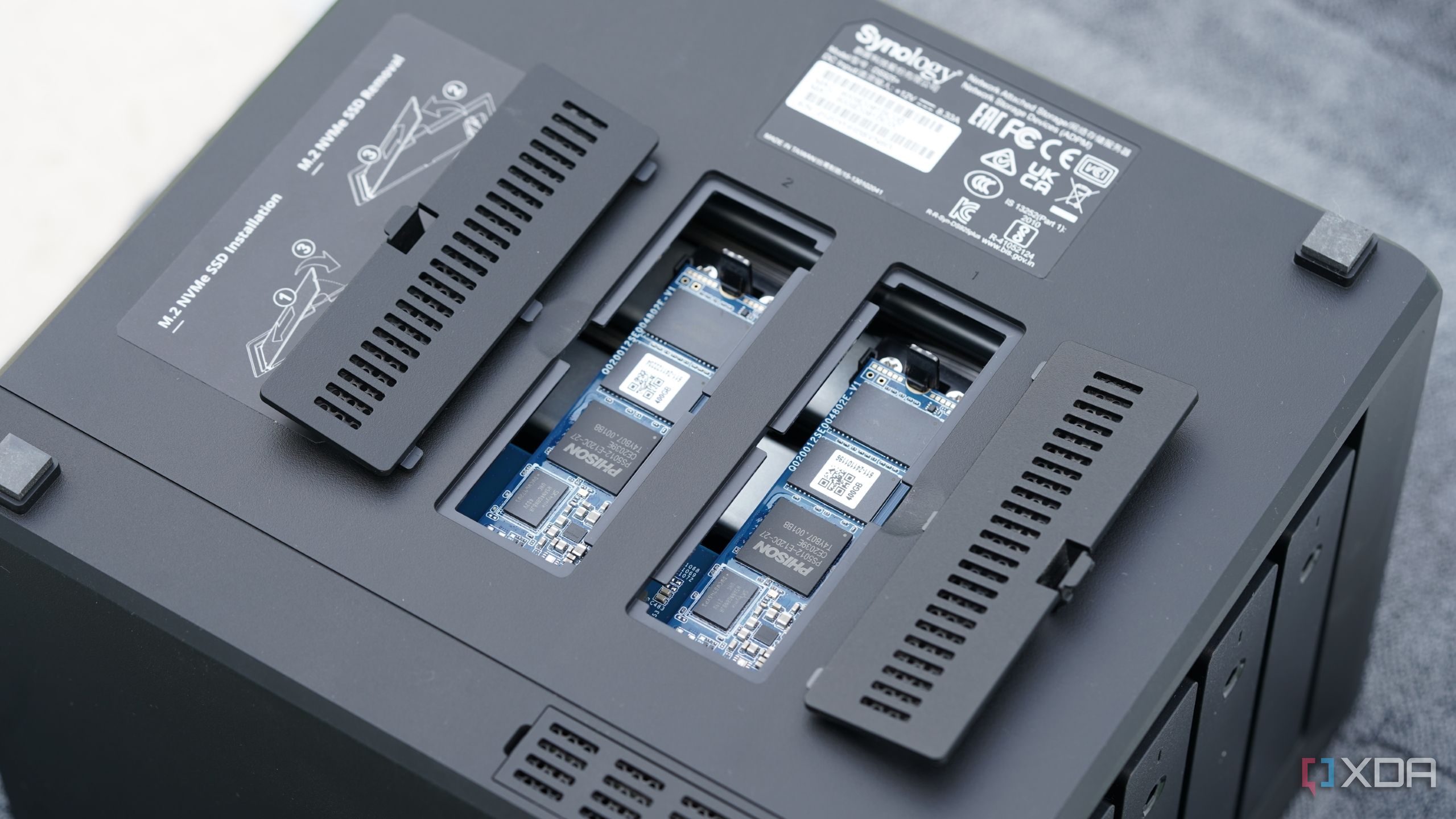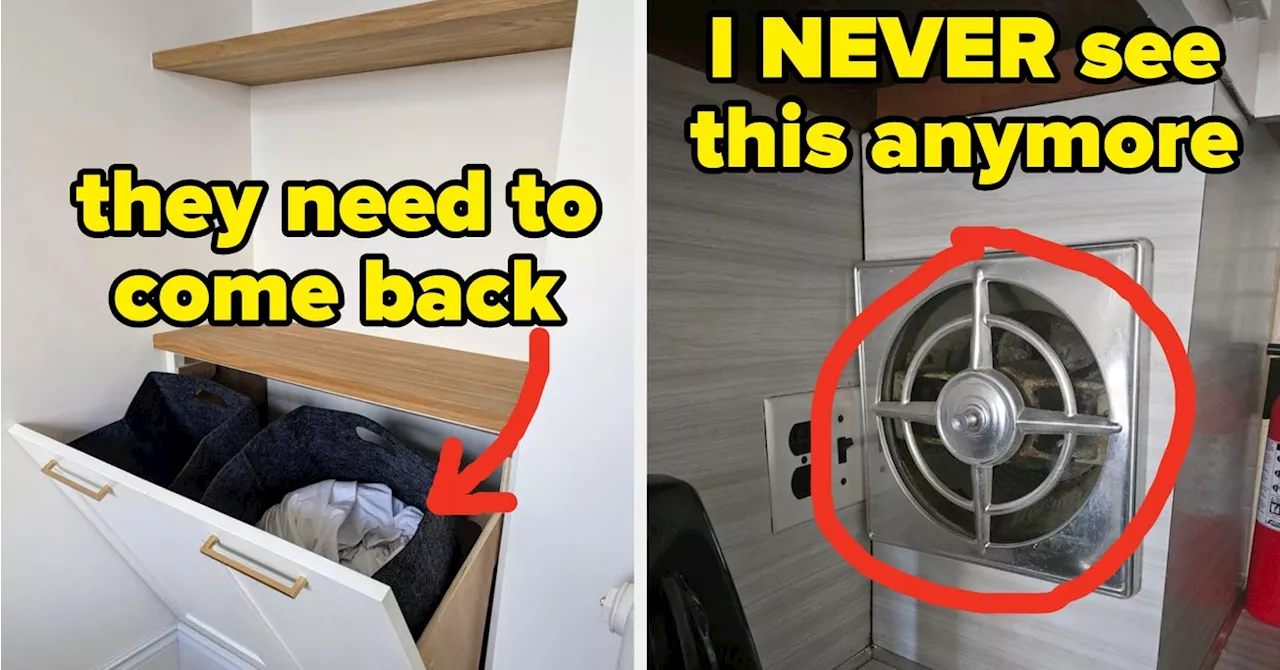URGENT UPDATE: Users are reporting significant dissatisfaction with SSD caching for NAS systems, revealing that performance improvements are often minimal. As tech enthusiasts rush to optimize their home servers, many are discovering more effective alternatives.
A recent wave of feedback on tech platforms like Reddit and YouTube highlights a growing trend: SSD caching may not be the magic solution it was once believed to be. Owners of NAS systems are now finding that expectations of boosted performance from NVMe drives have fallen short, leading to a reevaluation of system upgrades.
The promise of SSD caching is compelling—using SSDs as a middle layer to speed up access to frequently used data. However, users are realizing that for many home NAS workloads, including media streaming and data backups, caching isn’t delivering the expected results. One user, who installed a pair of NVMe drives, expressed disappointment, stating, “The effect was much subtler than I had hoped for.” For those relying on Gigabit Ethernet speeds, the limitations of network throughput further hinder performance improvements.
Investigations into NAS performance have led to alternative solutions that are proving to be more effective. One of the first steps many users are taking is to upgrade RAM. For instance, one user increased their NAS RAM from 4GB to 8GB and reported instant enhancements in system operations. “DSM no longer needed to swap memory during big tasks,” they noted, leading to smoother performance.
Another critical upgrade gaining traction is link aggregation. By combining multiple LAN ports, users can effectively double their available network bandwidth, alleviating bottlenecks that SSD caching couldn’t resolve. This simple adjustment allows for a more efficient distribution of network resources, especially during high-demand streaming periods.
Despite the shortcomings of SSD caching, its benefits remain in specific scenarios, such as hosting virtual machines or databases. Yet, for typical home NAS users engaged in media storage and infrequent file access, the focus should be on enhancing RAM and network capabilities.
This revelation is reshaping the conversation around NAS optimization, emphasizing the need for users to manage their expectations. As one user put it, “With so many moving parts, one fix cannot work for everyone.”
For those contemplating upgrades, consider exploring RAM enhancements and network improvements over SSD caching. These adjustments are proving to provide a more substantial impact on day-to-day operations, making for a more seamless and efficient experience.
As the tech community continues to share insights, this evolving narrative underscores the importance of understanding individual system needs. Stay tuned for more updates on NAS optimization strategies that are making waves in the home technology sector.







